Johnny Winter Live
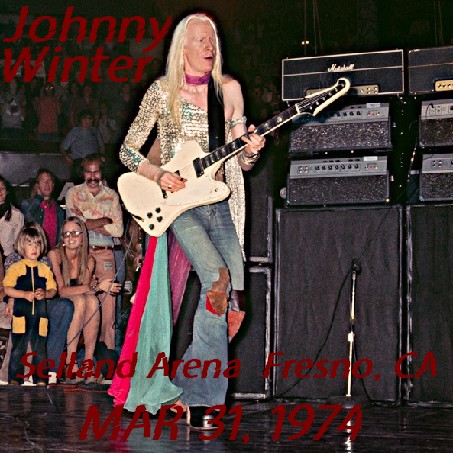
Johnny Winter is legally blind. He can see well enough to function in a lit room, and his knowledge of guitar is so complete that he hardly needs to touch the fretboard to know where his fingers are going, but in a room so filled with smoke that the far wall is obscured, Johnny is in trouble.
Just the night before Johnny and his band had been filmed for “In Concert”. Then they wanted to set the crowd on fire. They wanted to cook. They wanted to set the place smokin’. And they did. Because Johnny Winter on stage is a confident man these days. It’s already been a year since Johnny Winter returned to Rock and roll. And he returned as one of rock’s biggest stars – turning his back on worst kind of rock and roll suicide – heroin. In the past year Johnny Winter’s optimism about life has returned, along with his career and friends. Yet every step has been a struggle for him. Whether the tortures were placed before him by fate (his albino birth) or by his own hand (with a needle and a spoon), Johnny has fought and triumphed against them all. His dues have been paid over and over in business where dues have become a thing of the past. At thirty years of age, Johnny Winter is ready to set fire to a lot more audiences, And with the release of his latest LP, “Saints and Sinners”, Johnny is making a declaration to himself and the world. That declaration can be summed up in one word: freedom.
Paul meets Winter: It’s a freedom that took thirty years to find. The Johnny Winter story began in early 1944 in Beaumont, Texas. His parents were musical playing and singing on their own and in church choirs. He began playing music when he was just a youngster. His first and primary musical interest was the blues, and he played all over the south in a variety of bands, learning the ropes while he was still in high school and along with his brother Edgar fronting groups like. “Johnny Winter and the Black Plague”. While still in high school, Johnny began doing session work and some recording on his own. Some of these old tapes would surface years later.
During the club years Johnny learned the meaning of versatility. “The more versatile you were, the more they liked it. People would come in and yell “C’mon goddamit play a country song’ or ‘Let’s hear Tennessee Waltz’ or ‘Let’s have a little ‘Misty”. And you had to do it to keep your job and the people appreciated it anyway. Then I had a contract and I had to do an about-face.
There had been a piece in a music magazine about the Texas music scene which described Johnny as “a hundred and thirty pound cross-eyed albino with long fleecy hair playing some of the greatest fluid guitar you ever heard”. A star was born, even though he hadn’t known the piece was coming out. Steve Paul, at that time the owner of “The Scene” in New York, flew to Texas and found Johnny. He quickly discovered that the boy from Texas lived up to the description. Not only that, he’d play with Mike Bloomfield in Chicago and really did know his blues. Their informal relationship soon turned formal as Paul negotiated a record contract for Johnny. It was reported that the Columbia Record Company paid $600K for Johnny’s services. Regardless of the sum, they were making quite an investment. In order to insure some return, they hoped Johnny as a white god, and the ‘greatest’ guitarist of all time.
Pressure cooker: “Columbia gave me all this money and here I was, nobody. There was all this pressure that I had to make it”. Johnny said, sitting in an armchair in the living room of his Connecticut home. That pressure would be a constant in his career. “I had to prove myself ’cause there were two camps; people who thought I was great or God or whatever and the other people who though I was shit. Both of ’em are crazy, y’know. I was just a working musician doin’ the best he could.
People forgot about the night he brought the house down at the Fillmore East in late 1968. They forgot about him packing the house at “The Scene” night after night. All they thought about was the 600 grand, and they let Johnny know, in print and in person that they didn’t like it a bit. When “Johnny Winter” his debut album appeared, many people couldn’t get past the hype to the beautiful blues it contained. Still, Johnny had broken and he liked it. He was able to play straight unaffected blues again. He’d signed with Columbia because they offered him total artistic freedom, and he felt the album was a fine showcase. The pressure was on, though and showed in his first national tour. It was almost a year before he felt the burden of proving himself lift.
Every company he’d ever recorded for began releasing their own tapes, and Johnny told an interviewer at the time “they were trash, just garbage”. The reminders of the past didn’t stop him from recording a looser, free album “Second Winter”. Recorded in Nashvill, Second Witer included rock songs and blues songs, bottleneck and heavy metal. The blues purists screamed, but the critics liked it. “People really do it to ya – put ya in a category. And if you do somethin’ different – they really get pissed off. They say ‘Look, he’s sellin’ out’ No matter what you do that you didn’t do before it’s sellin’ out.”
Regardless of what the purists felt, Johnny liked the loose approach. The audiences seemed to like it more, too. When he whipped into a Check Berry or Little Richard tune, the excitement level in the hall was invariable raised. In order to pursue the direction, Johnny disbanded his group after a European tour. Living in upstate New York, he discovered that among his neighbors wre a rock group called the McCoys. They had stopped hanging on to sloopy a while back and were looking for a guitarist. Somehow Johnny and the band clicked immediately. With the infusion of their talent, especially the songwriting nad guitar playing Rick Derringer , Johnny felt he’d found the perfect situation. He could play old blues, Winter blues, rock and roll and jam for hours with the band called Johnny Winter And. Playing with a band rather than over them, Johnny’s guitar playing grey more mature. Their album named after the band, was a critical success, but it wa on the road that their reputation grew. Their concerts were reported to have been constant classics. One was immortalized on “Johnny Winter And Live”, still his most successful LP.
Vanished: By the time that album had appeared, Johnny had disappeared. The band had stopped touring and rumors flew in the rock gossip columns about Johnny being hospitalized for heroin addiction. “I was afraid, when I freaked out, that it was just gonna be OK. play the same songs every night. I just saw an endless tour, y’know. Alright, Milwaukee tonight, Boston, let’s do Johnny B. Goode again and I didn’t see any end to it. I said to myself that ain’t no livin’ man. I could never live that way.”
For three years he’d been on the road, struggling for a reputation he’d deserved all along. “the main thing that really wrecked me and I think really wrecks a lot of rock and roll bands is working so much that you don’t have time to think and reflect about what you’re doing and to be creative and do new things. We were working five, eight or twelve nights in a row and then they’d say you got two weeks to write songs, do an album and then you got another tour. You can’t relax, or be creative. You’re lucky once in a while but usually it’s just a bunch of bull. You need time to do somethin’ right. When people put deadlines on you, it’s impossible. It was like that for three years.
So Johnny disappeared for almost two years. In the meantime, his brother Edgar’s career had blossomed. Johnny showed up on the recording of Edgar’s “Roadwork” album, on the song “Rock and roll hoochie koo”.” but his own act had not taken to the road. Then finally, Johnny reappeared. “It was scary, and kind of exciting at first. Since I was fifteen I’d been playing gigs. I didn’t go a week or two weeks at the most without playing since I was fifteen till about twenty-seven. After two years I was terrified. I didn’t touch my guitar for three months and I had all kinds of fantasies like it was going to take me a year to get it back.
Once Johnny decided to “come back”, he had to find a band. He went to California, looking for musicians. At the auditions, “there was all kind of people wanting to be in the band. Yeah, Johnny Winter, it’s a good gig y’know. They didn’t know what I was doin’. I wanted people who would be in my band if I was making ten bucks a night. I was miserable. I didn’t get happy until I found people who cared.
Alive and well: He came back to New York City, prepared to make a studio album. “I didn’t care who played on it. I was out of money and I needed some to keep lookin’ for a band.” Rock Derringer discovered a band that played all Johnny Winter material, and dragged him to see them. “He came back and said, ‘I found your drummer.’ We played together for five minutes and I knew it was together.” Richard Hughes joined the band. Johnny then asked Randy Hobbs, bassist from his last band to rejoin them. With the addition of Susan (as Johnny’s wife), kidnapped from Steve Paul’s office, everything came together. “We had our family.”
“Still alive and well” was released. It included original material from Johnny, Derringer and Jagger/Richard. The audience could rest assured that Johnny was back, hopefully to stay.
For Johnny that feeling of assurance has been slowly growing. “I let it get to to the point where everything I did was life and death matter. You should never let it go that far. The thing is that I really enjoy playing music. I’d do it anyway. You tend to forget all the things you used to do to make you a person. You feel like a juke-box. I did. I don’t now.” He’s faced the fact that stardom can be fleeting, and realizes that Johnny Winter is much more than a stage act. “Nobody stays on top forever but I’m going to be doing the best I can, so long as I’m around.”
One other problem he’s faced is the expectation of the audience. “I’d love to be able to get onstage in Las Veags or The Grand Ole Opry. I can’t make the audience like it. I don’t want to play for empty halls or in my bedroom, but I will if nobody wants to hear what I’m doing. I really do play for people as much or more than I do for myself and I’m not gonna play stuff they don’t care about. When I hear a band I want to hear the songs I’m familiar with too….
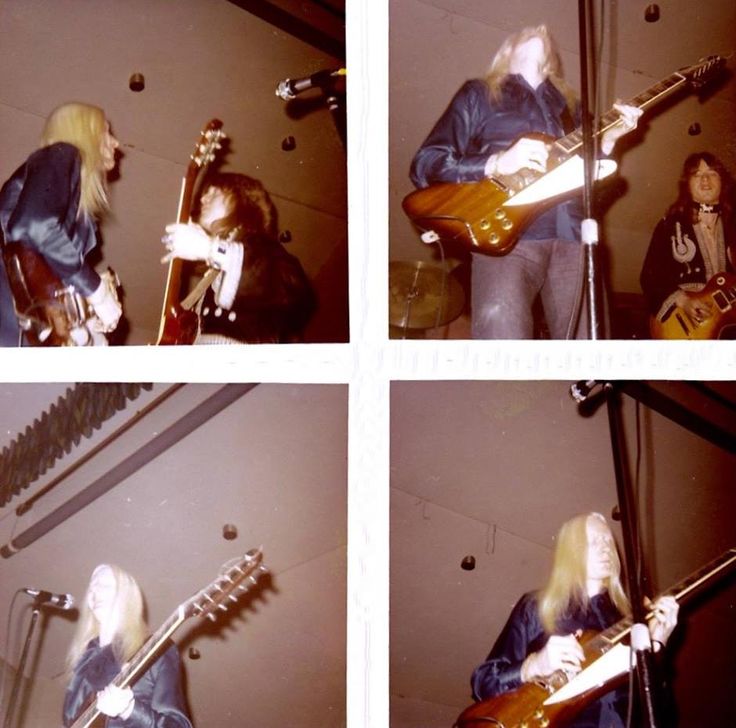
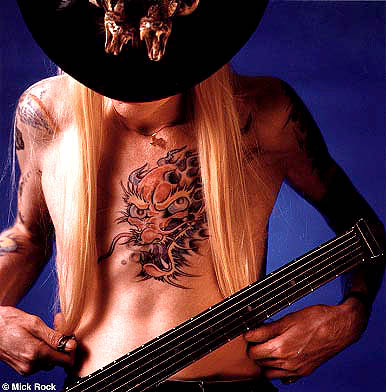
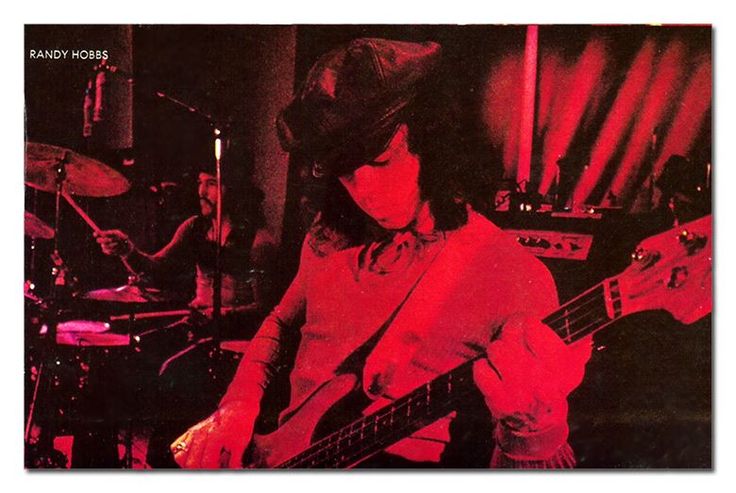
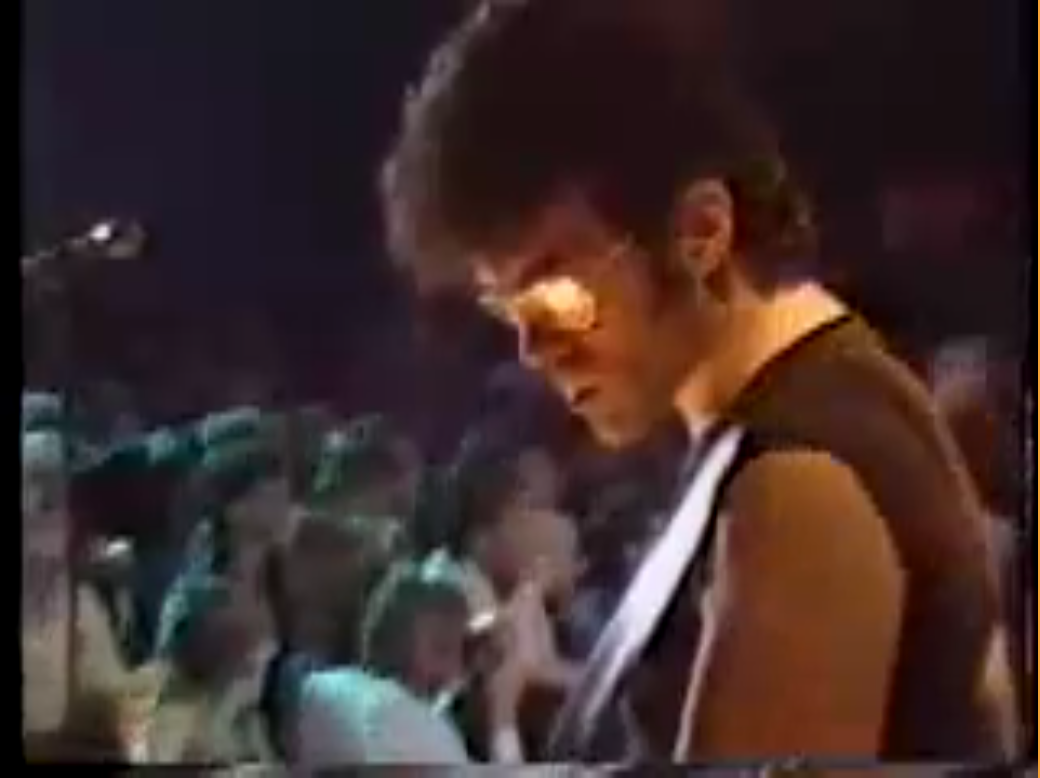
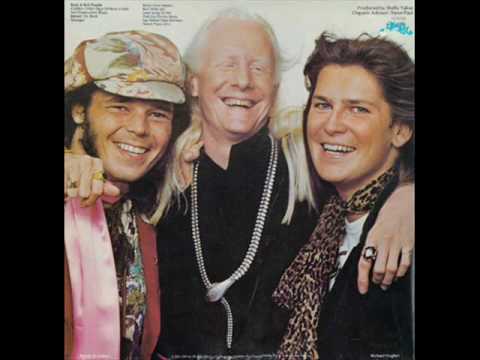
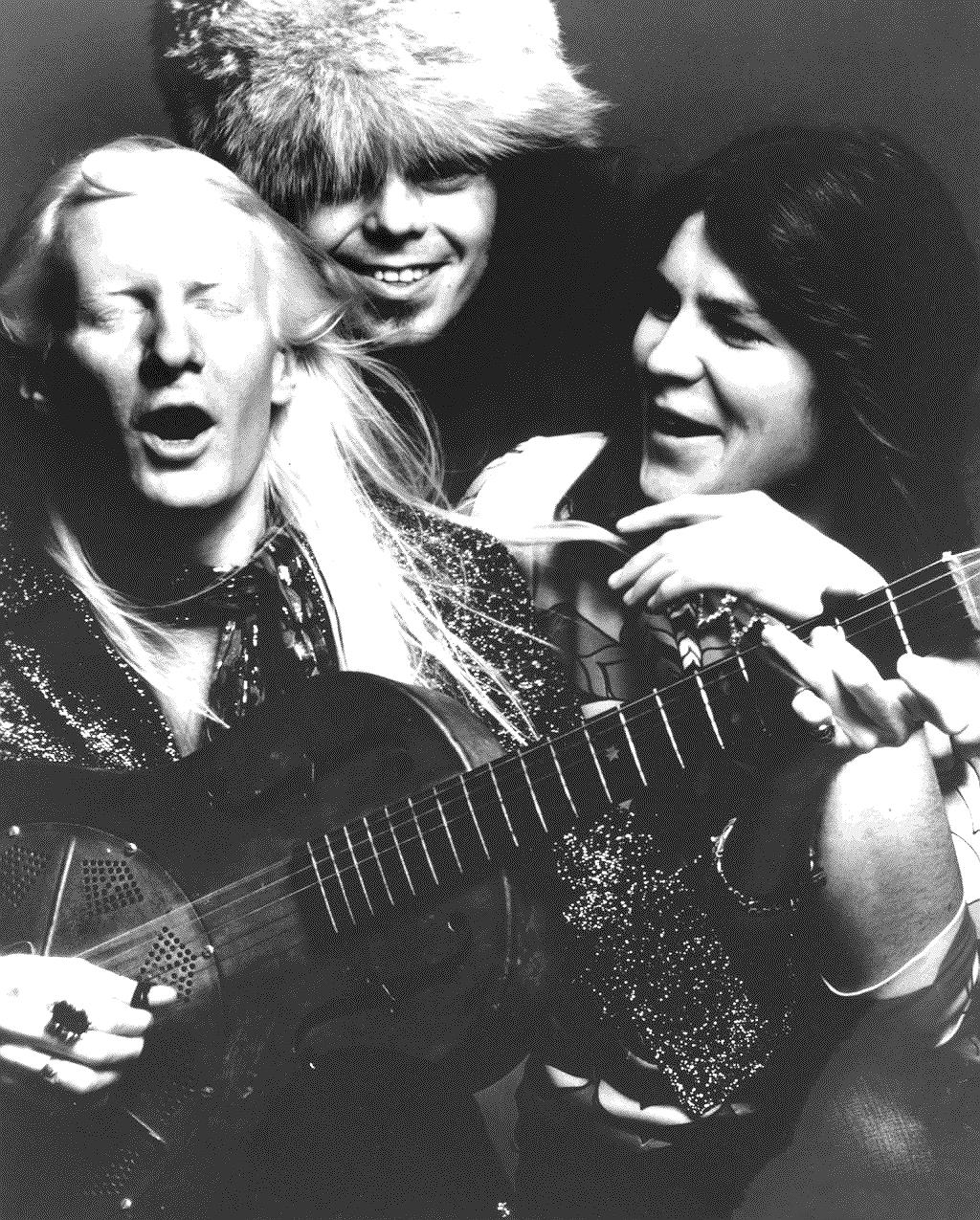

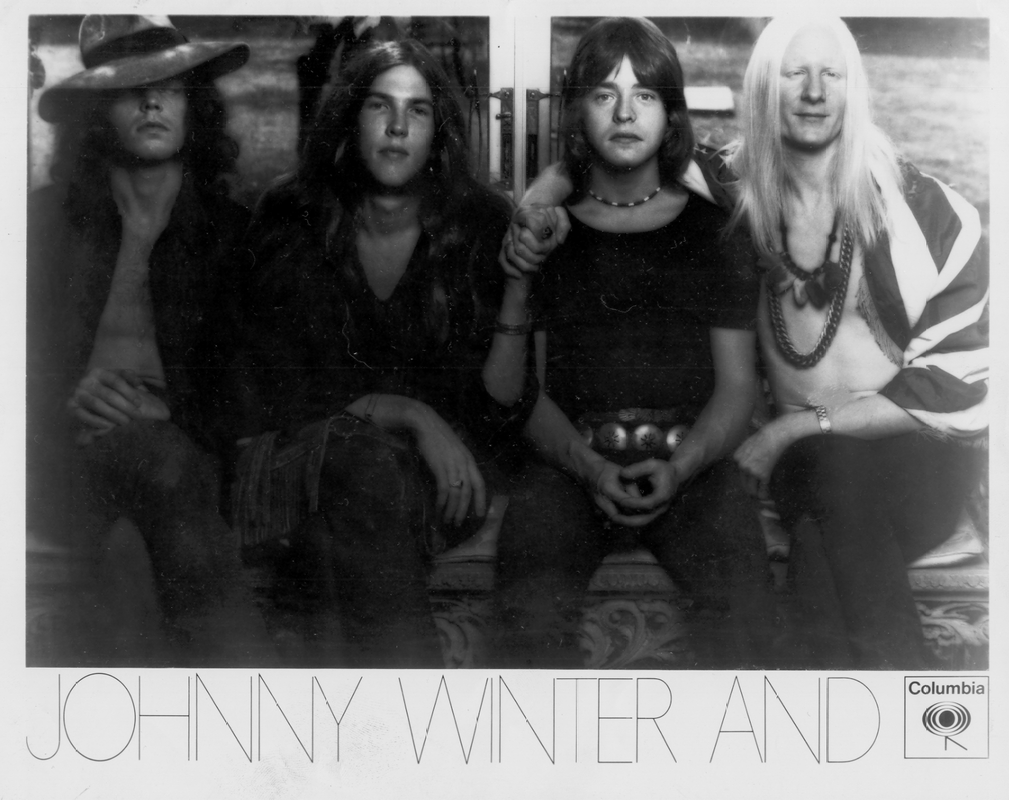
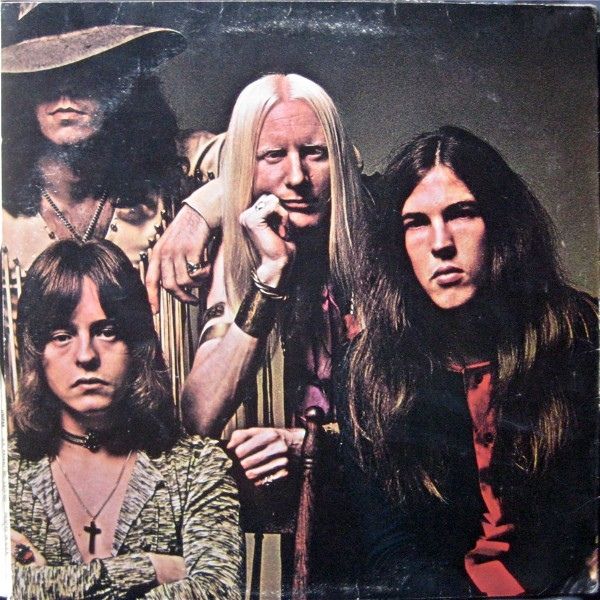
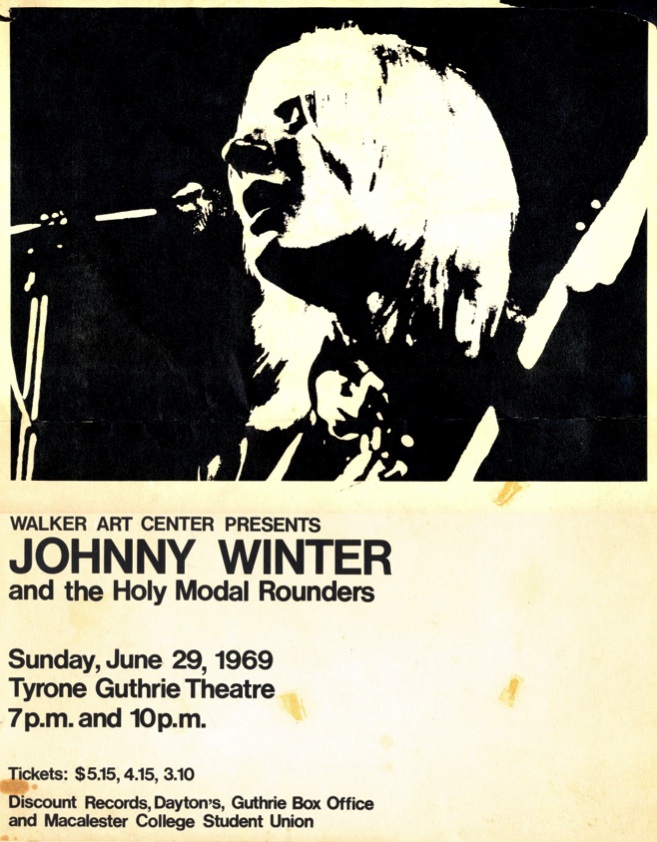
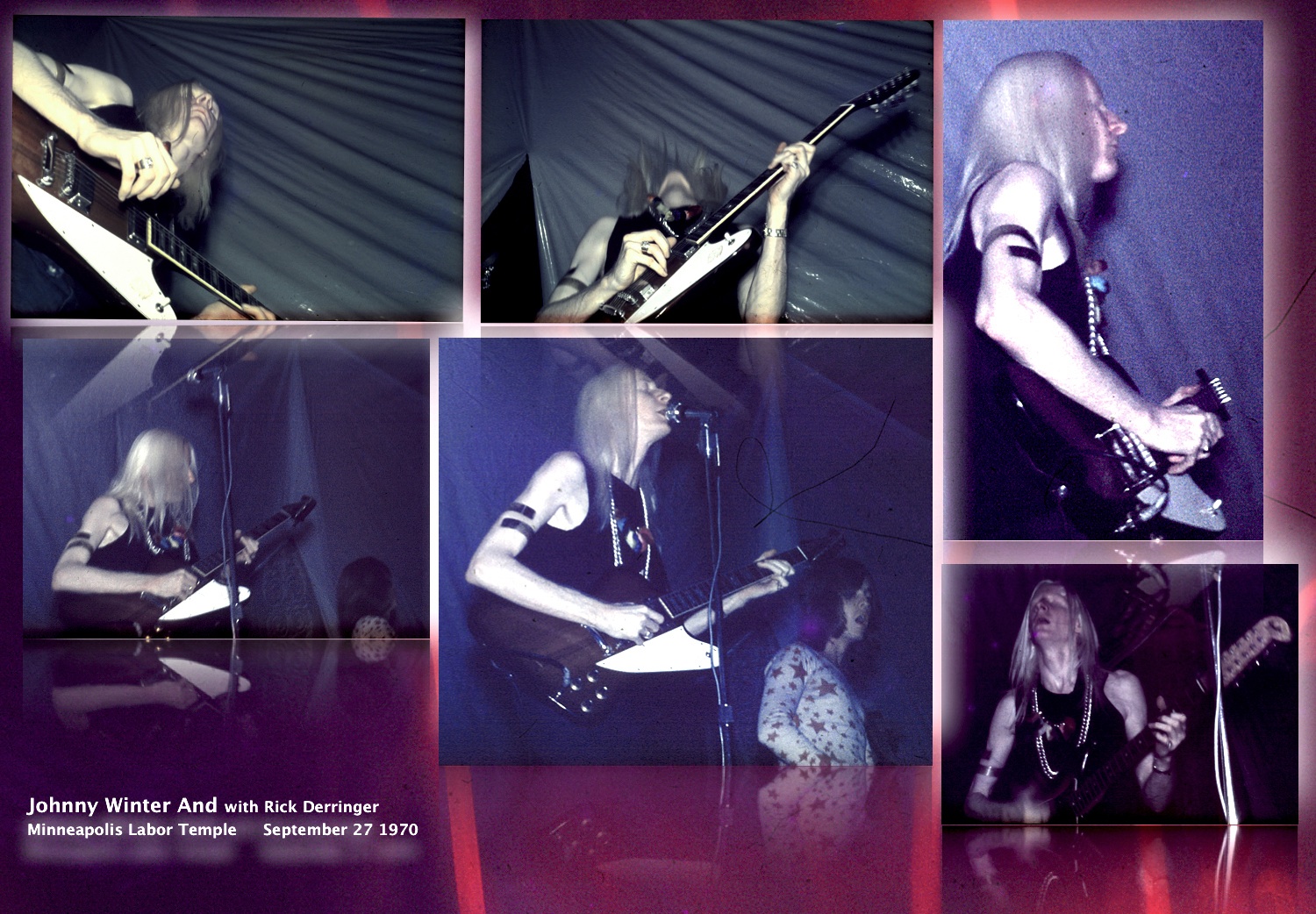
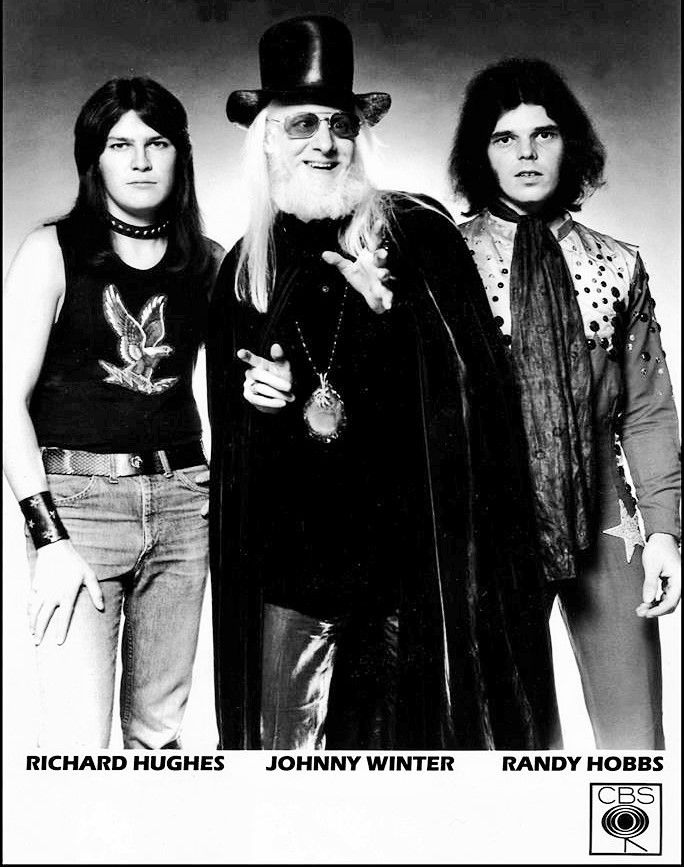
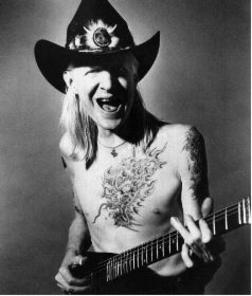
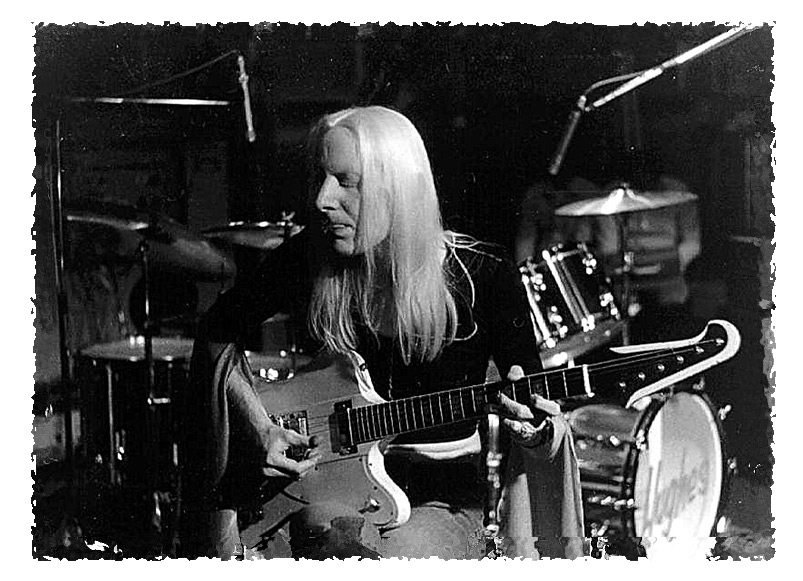
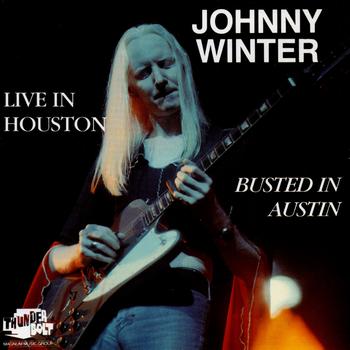
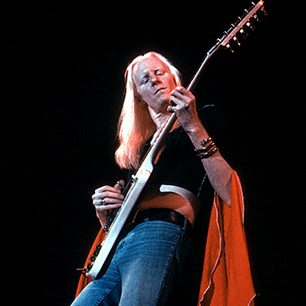
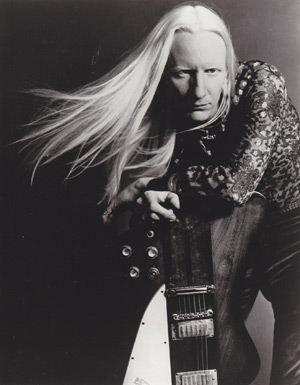
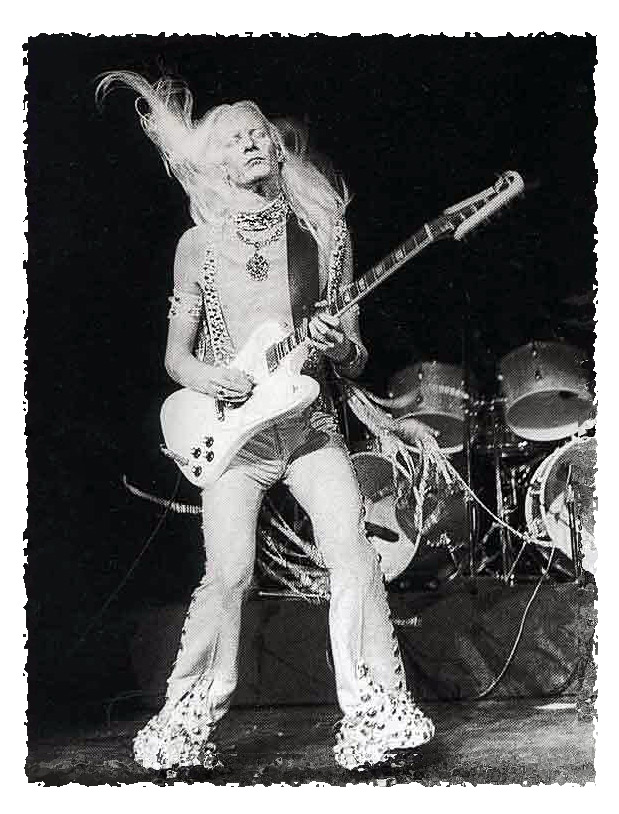
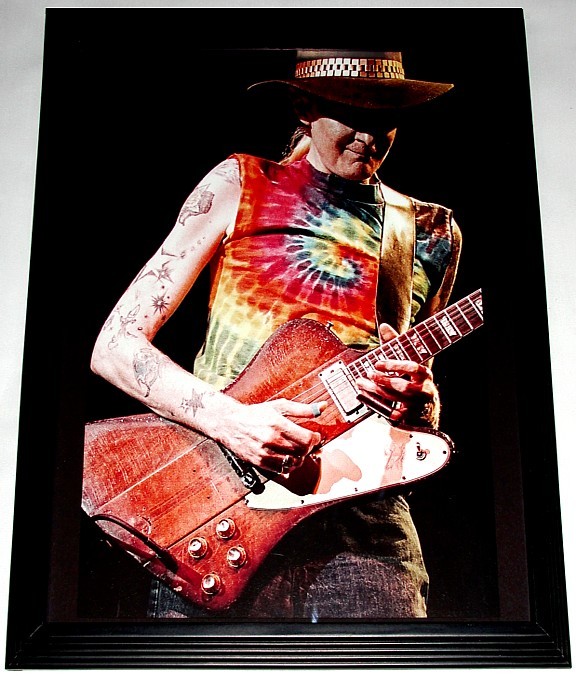
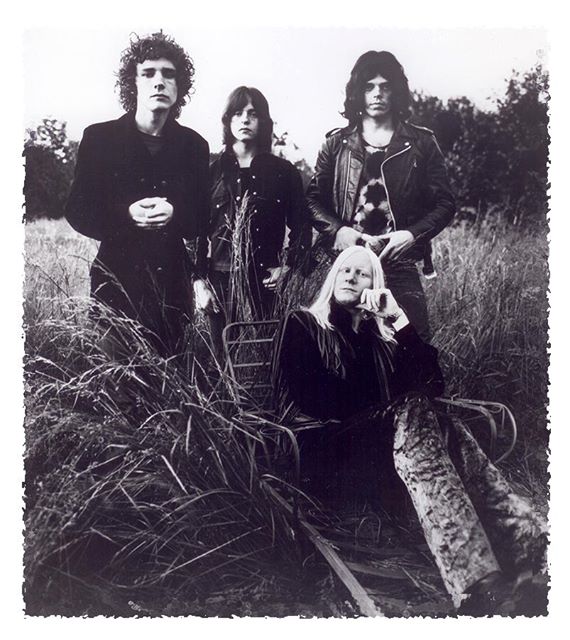
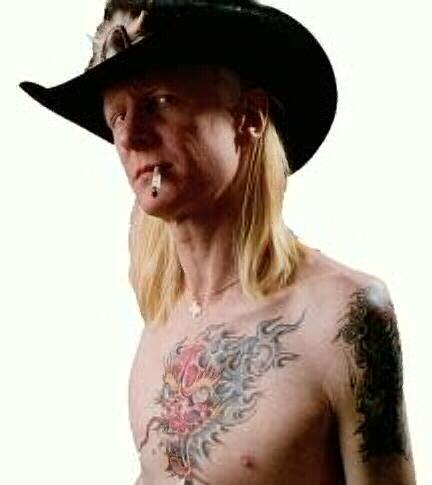
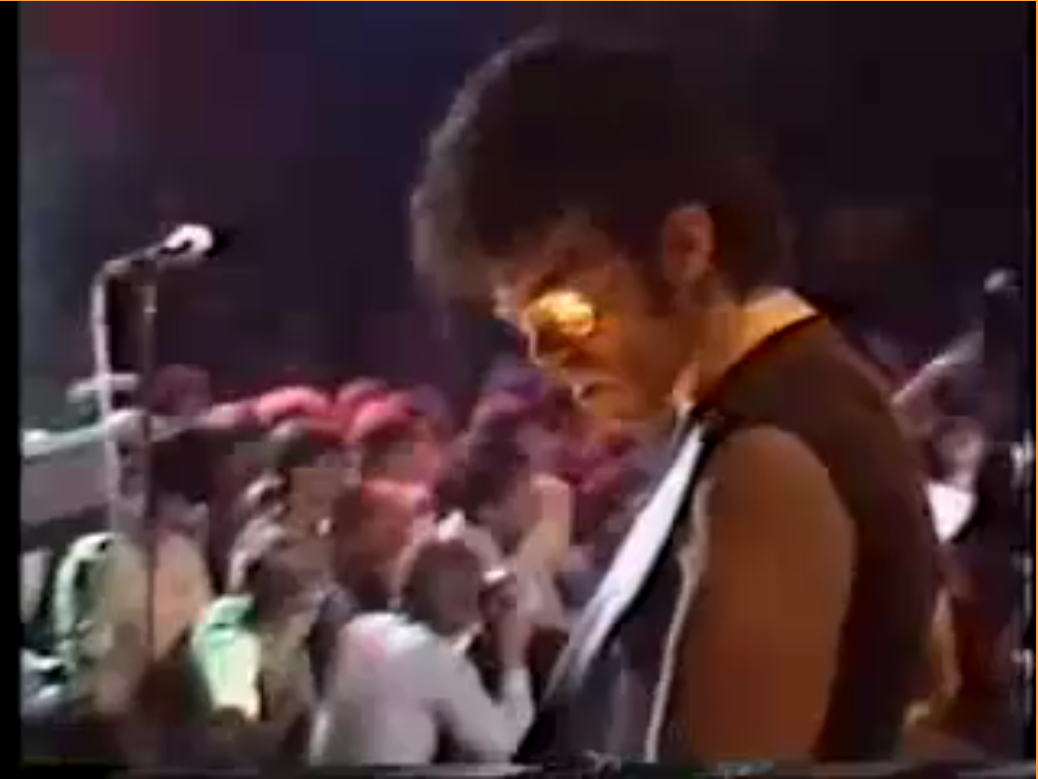
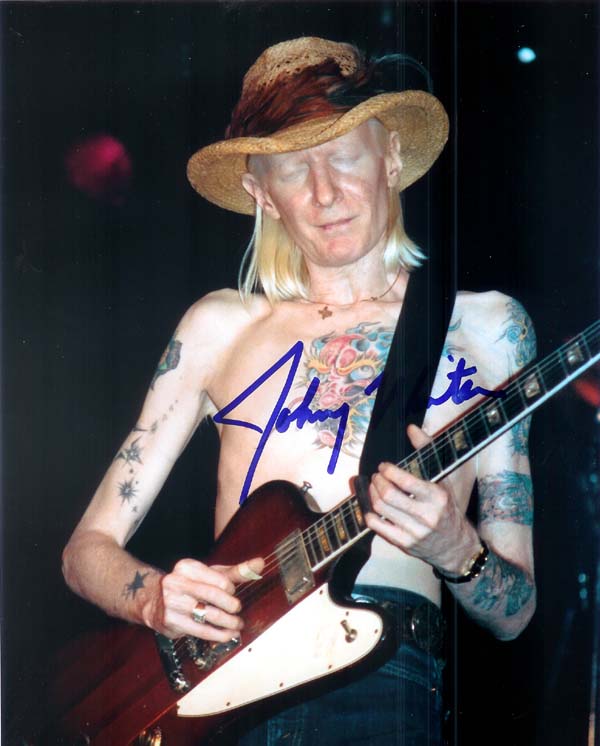
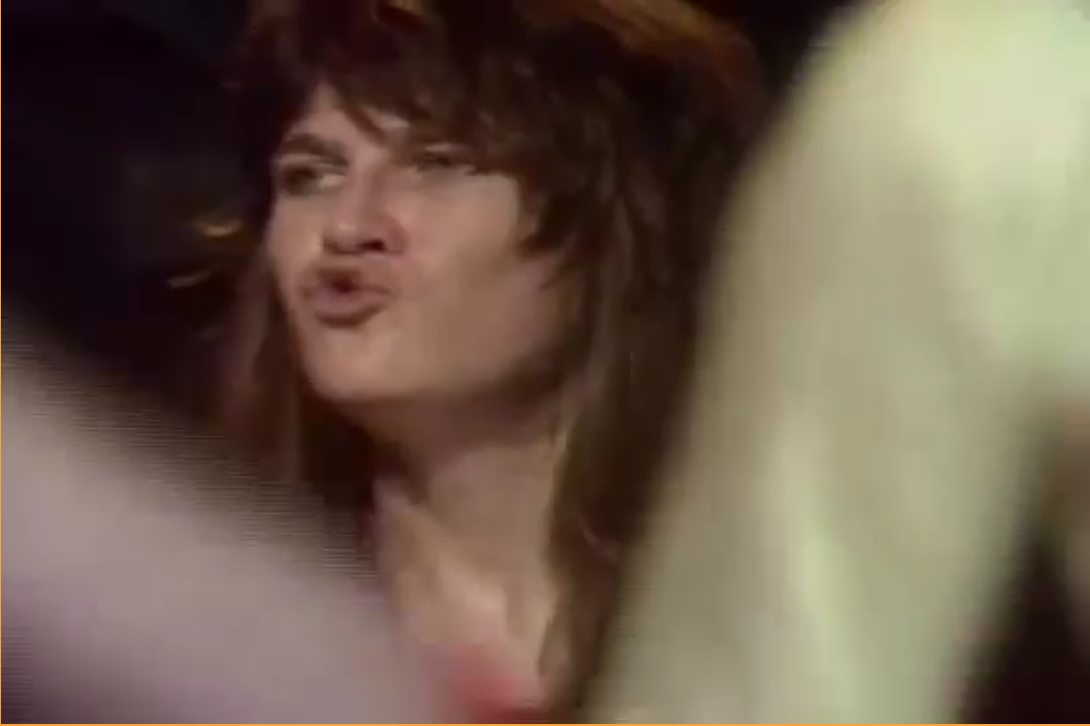
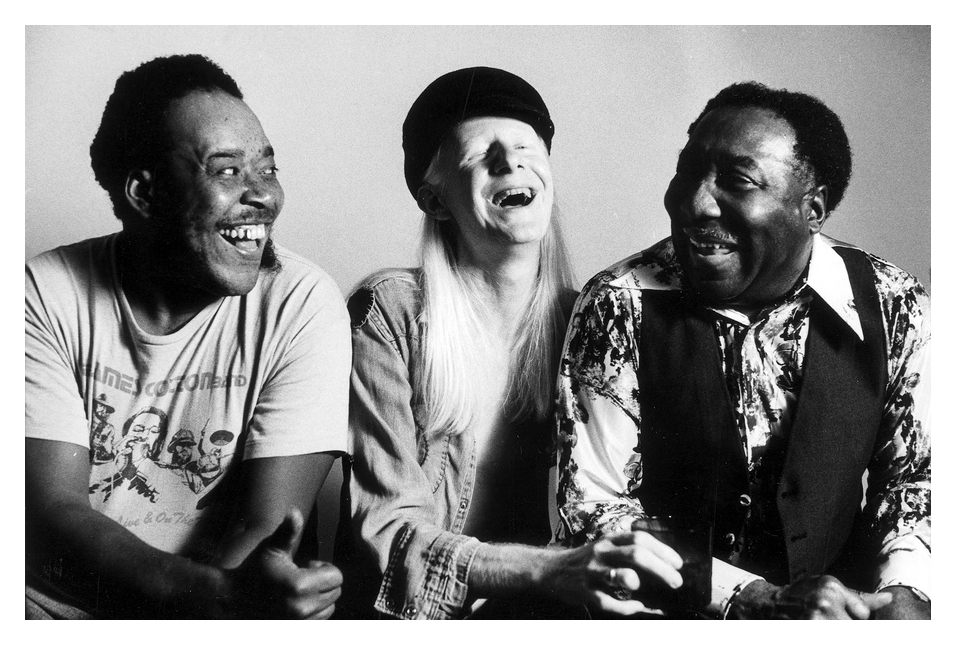
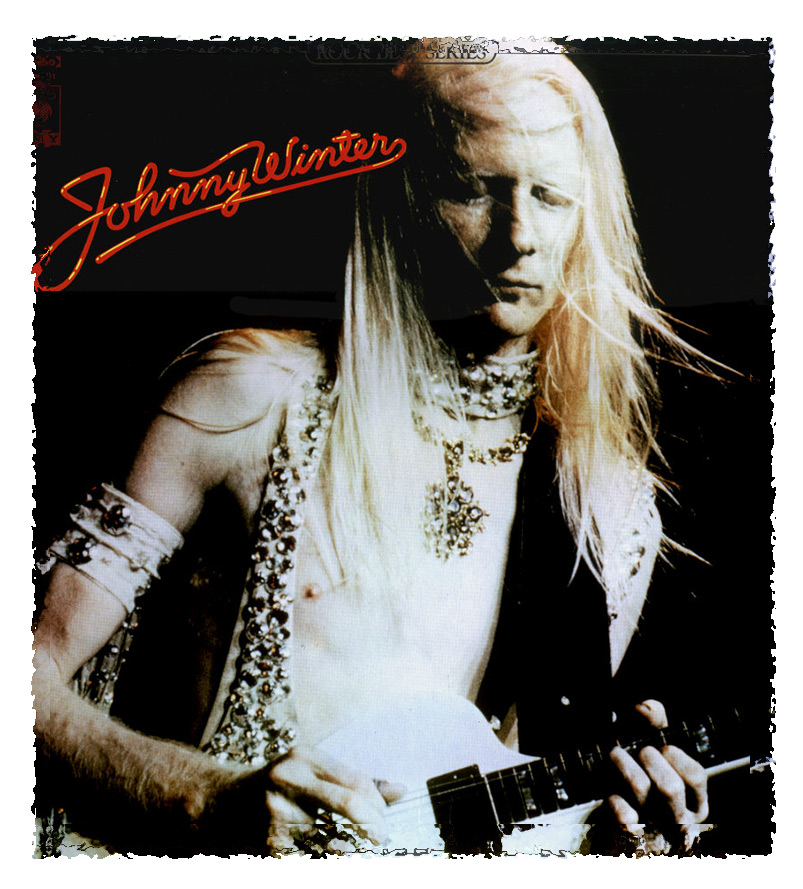
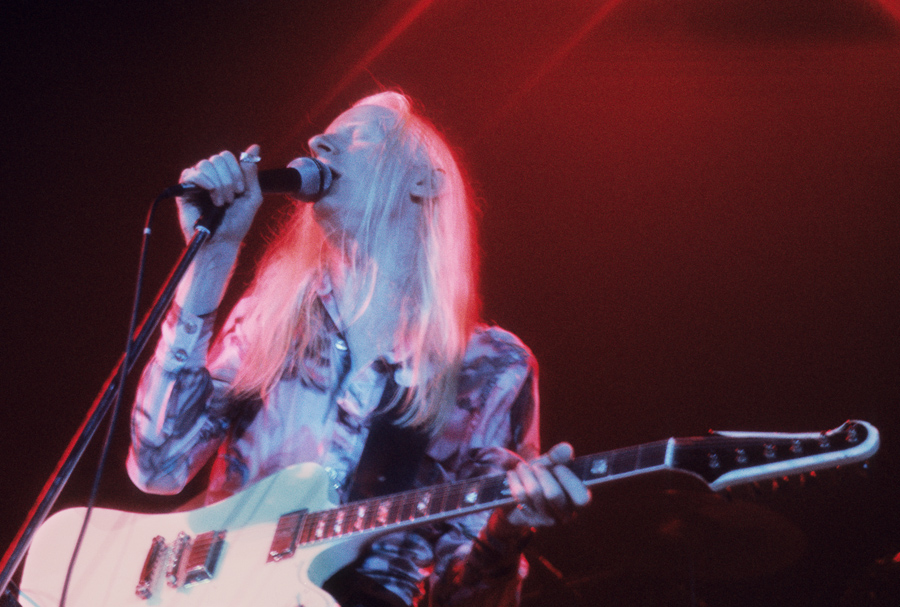
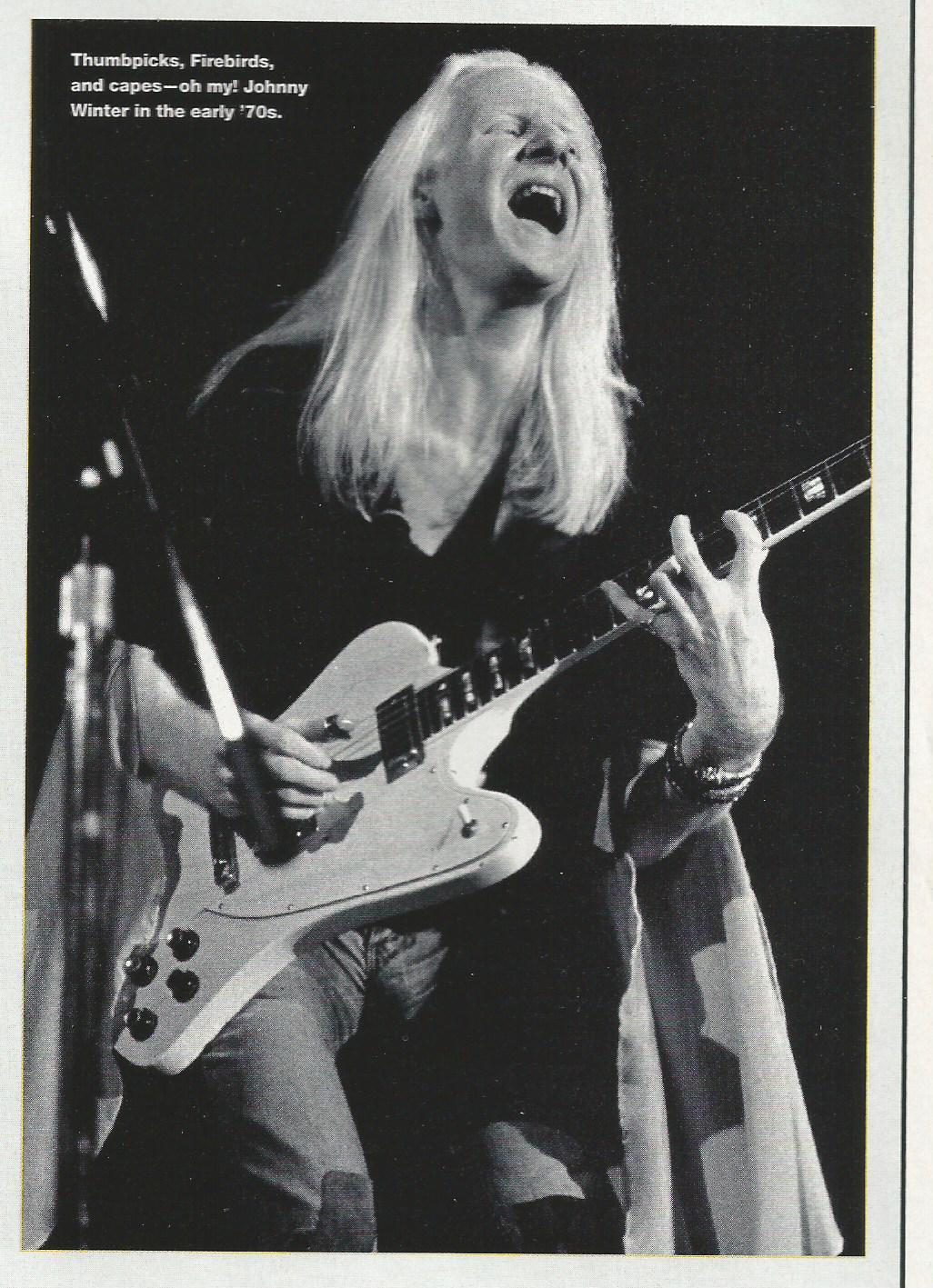
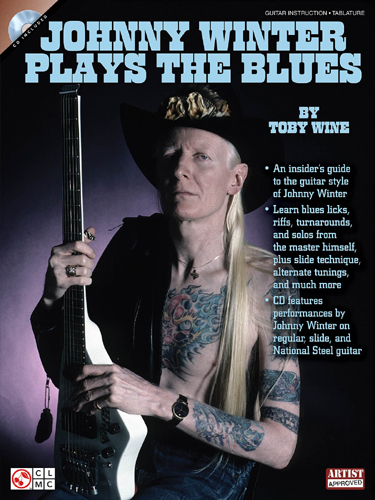
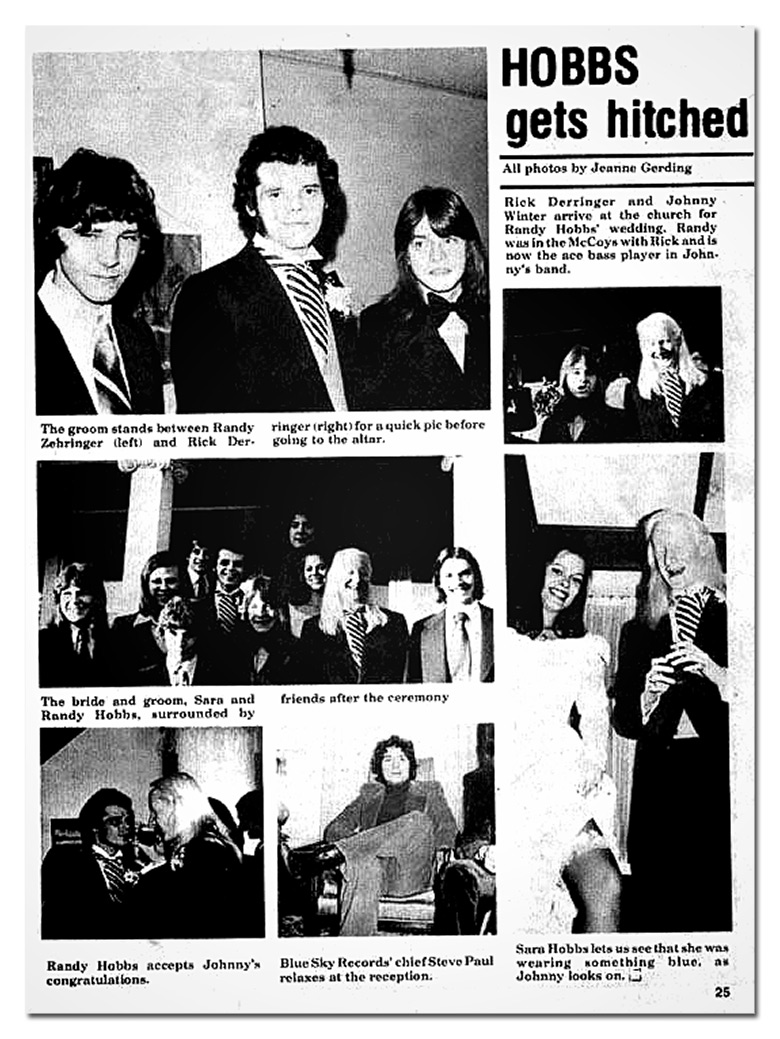
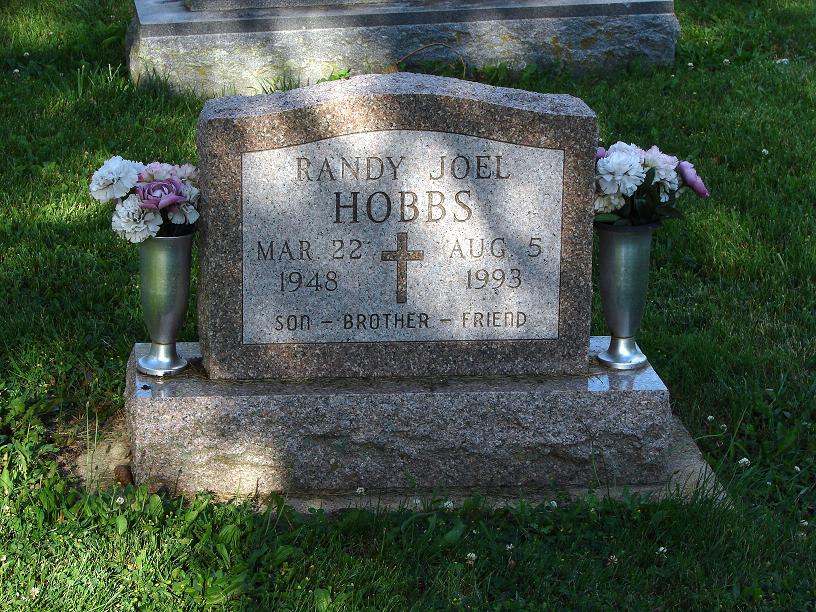
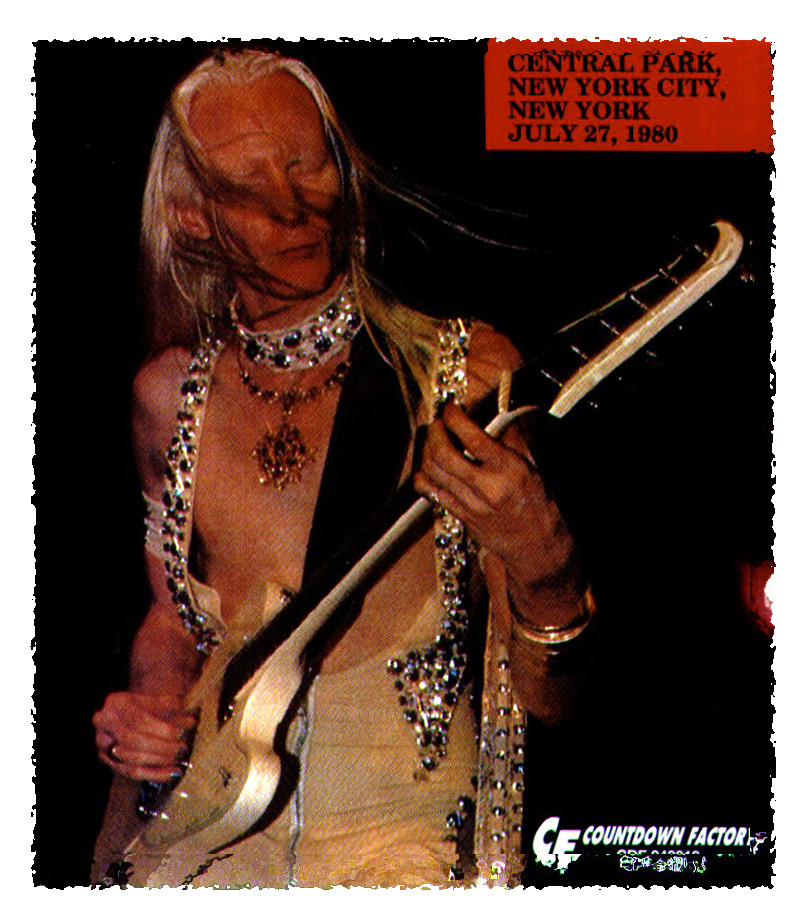
JW Reviews
9/18/2018